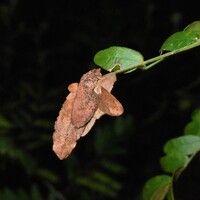
| Recorded by: David George, Stephen Dunn, Jeff Niznik on 2024-09-12
Orange Co.
Comment: | 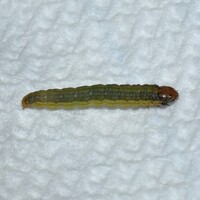
| Recorded by: David George, Stephen Dunn, Jeff Niznik on 2024-09-12
Orange Co.
Comment: |

| Recorded by: David George on 2024-09-08
Durham Co.
Comment: | 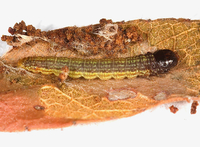
| Recorded by: Jim Petranka on 2024-08-13
Madison Co.
Comment: A larva that was inside tied leaflets of Honey Locust. |

| Recorded by: Jim Petranka on 2024-08-13
Madison Co.
Comment: Larvae were in tied bundles of Honey Locust leaflets. | 
| Recorded by: Jim Petranka on 2024-08-11
Madison Co.
Comment: A larva that was inside tied leaflets of Honey Locust. |
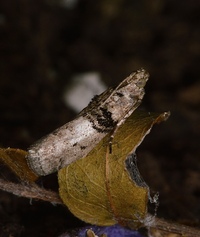
| Recorded by: Stephen Dunn on 2024-08-07
Orange Co.
Comment: A reared adult (see companion photo of the cocoon within a leaf tie from 2024-07-09). | 
| Recorded by: Stephen Dunn on 2024-08-07
Orange Co.
Comment: |

| Recorded by: Jeff Niznik, David George, Stephen Dunn on 2024-08-02
Chatham Co.
Comment: | 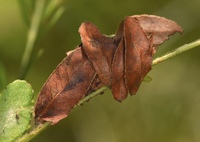
| Recorded by: Stephen Dunn on 2024-07-09
Orange Co.
Comment: A cocoon within tied, dead leaflets of Gleditsia triacanthos (see companion photo of the reared adult from 2024-08-07). |

| Recorded by: John Petranka on 2022-05-04
Orange Co.
Comment: | 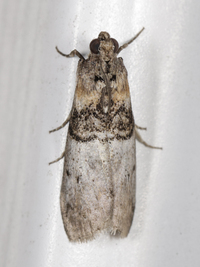
| Recorded by: John Petranka on 2022-05-04
Orange Co.
Comment: |
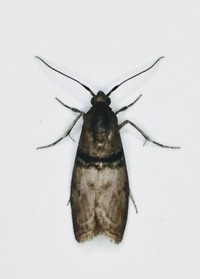
| Recorded by: Gary Maness on 2020-05-03
Guilford Co.
Comment: | 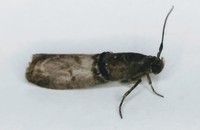
| Recorded by: Gary Maness on 2020-05-03
Guilford Co.
Comment: |
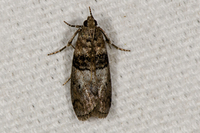
| Recorded by: David L. Heavner on 2019-08-01
Buncombe Co.
Comment: | 
| Recorded by: B. Bockhahn on 2018-07-25
Orange Co.
Comment: |

| Recorded by: Parker Backstrom on 2014-04-30
Chatham Co.
Comment: | 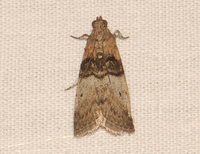
| Recorded by: Parker Backstrom on 2014-04-30
Chatham Co.
Comment: |
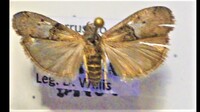
| Recorded by: Darryl Willis on 2013-05-25
Cabarrus Co.
Comment: |

 »
»




 »
»


